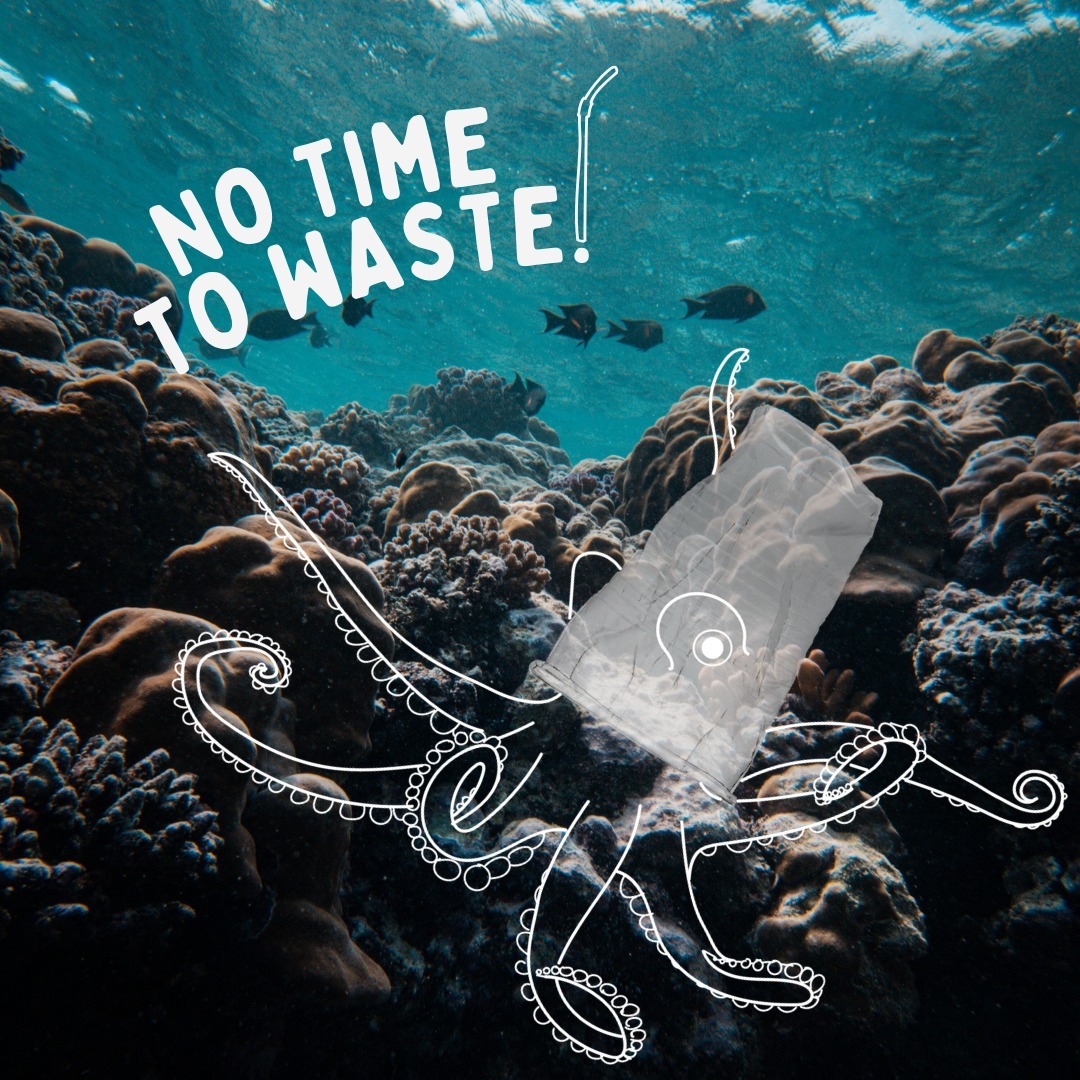– The magnitude of plastic pollution entering the ocean each year and its escalating impact on marine ecosystems
– The role of global leadership and international agreements in combating plastic pollution
– The significance of educating the public and implementing conservation practices in zoological institutions
– How individual actions and community engagement contribute to resolving the plastic pollution crisis
– The critical timing for global actions such as the proposed Global Plastics Treaty
Each year, approximately 12 million tons of plastic find their way into our oceans, presenting an alarming threat to marine life and ecosystems. This staggering influx of pollutants disrupts the balance of aquatic habitats, posing lethality risk to a diverse range of species, from microscopic organisms to large marine mammals. As the issue exacerbates, it symbolizes one of the most pressing environmental challenges of our time.
On the frontlines of this battle are the world’s aquatic habitats, where the spoils of plastic waste can be seen in the form of entangled sea creatures and litter-strewn coral reefs. The journey of plastic from production to the ocean is complex, often involving poor waste management, overuse of single-use plastics, and a lack of recycling infrastructure. Once in the ocean, plastics do not biodegrade but rather break down into smaller pieces known as microplastics, which marine animals often mistake for food. The ingestion of these particles can lead to malnutrition, intestinal blockage, and exposure to toxic chemicals.
The ramifications of plastic pollution ripple through the food chain, ultimately affecting human health as well. Chemicals leached from plastics, like bisphenol A (BPA) and phthalates, have been linked to endocrine disruption in both wildlife and humans. The sheer scale of the problem underscores the urgency for a multifaceted approach that combines research, public engagement, policy change, and international cooperation.
Acknowledging the need for decisive action, global leaders are preparing to unite for the formation of the first-ever Global Plastics Treaty. This collaboration is pivotal, as no single nation can shoulder the burden of oceanic plastic pollution. Agreements of this nature have the potential to set legally binding targets, standardize regulations for plastic use and waste management, and incentivize innovations in sustainable material development. Such a treaty could mark a turning point in humanity’s fight against plastic pollution, serving as a beacon of international effort in preserving our oceans.
In the lead-up to this critical event, institutions like the Aquarium Conservation Partnership are rallying public support to pressure political leaders into taking a strong stance on the issue. Zoos and aquariums have a unique opportunity to spearhead educational initiatives, considering their direct interaction with millions of visitors annually. Through exhibits, interactive seminars, and conservation programs, these institutions can enlighten guests on the impact of plastics, highlighting the inherent connection between human activities and the wellbeing of marine life. Their goal is to turn awareness into action, empowering individuals to make choices that reduce single-use plastics in daily life.
From zoological management perspectives, transitioning to sustainable practices within these establishments also sends a powerful message. Offering plastic-free alternatives, engaging in research and rehabilitation of affected wildlife, and reducing plastic use in operational activities are just some ways these organizations can lead by example.
Community engagement is another key piece of the puzzle. A collective effort involving schools, businesses, and local governments can amplify the call for change, accelerating the transition toward a less plastic-dependent society. Social media campaigns and grassroots movements are instrumental in reaching larger audiences, encouraging communities to participate in cleanup efforts or boycott products containing excessive plastic packaging.
As the date for the Global Plastics Treaty meeting approaches, the role of the United States—as a global leader—becomes increasingly significant. Advocacy by organizations and individuals alike can drive the country’s commitment to ambitious targets and innovation in tackling plastic pollution. In promoting the treaty, there is a sense of urgency that the time to act is now; delaying further perpetuates the adverse cycle of plastic infiltration in our oceans.
As engaged citizens ready to make a difference, people are encouraged to express support by signing petitions and urging their representatives to take meaningful action. It’s a movement fueled by the understanding that preserving the marine environment is intrinsically linked to the future of humanity.
As the effects of plastic pollution become more visible and alarming, it is evident that the time for decisive action is now. The proposed Global Plastics Treaty represents a watershed moment for international policy, reflecting the ambitious endeavors required to tackle this global crisis. The onus falls on everyone—politicians, conservationists, businesses, and the general public—to rally behind this cause, ensuring the safeguarding of our oceans for generations to come. Through informed choices, dedicated activism, and unwavering commitment, the goal of significantly reducing the amount of plastic entering the ocean is within reach—it is a duty we all share for the health of our planet.
*****
Source Description
Around 12 million tons of plastic enter the ocean each year, and the problem is only getting worse—there’s
On April 23, global leaders will unite to create the first-ever Global Plastics Treaty. Join us and other members of the Aquarium Conservation Partnership in urging @POTUS and the @StateDept to be global leaders in ending the plastic pollution crisis. The time is now.
Sign on to help at the 🔗 in bio.


